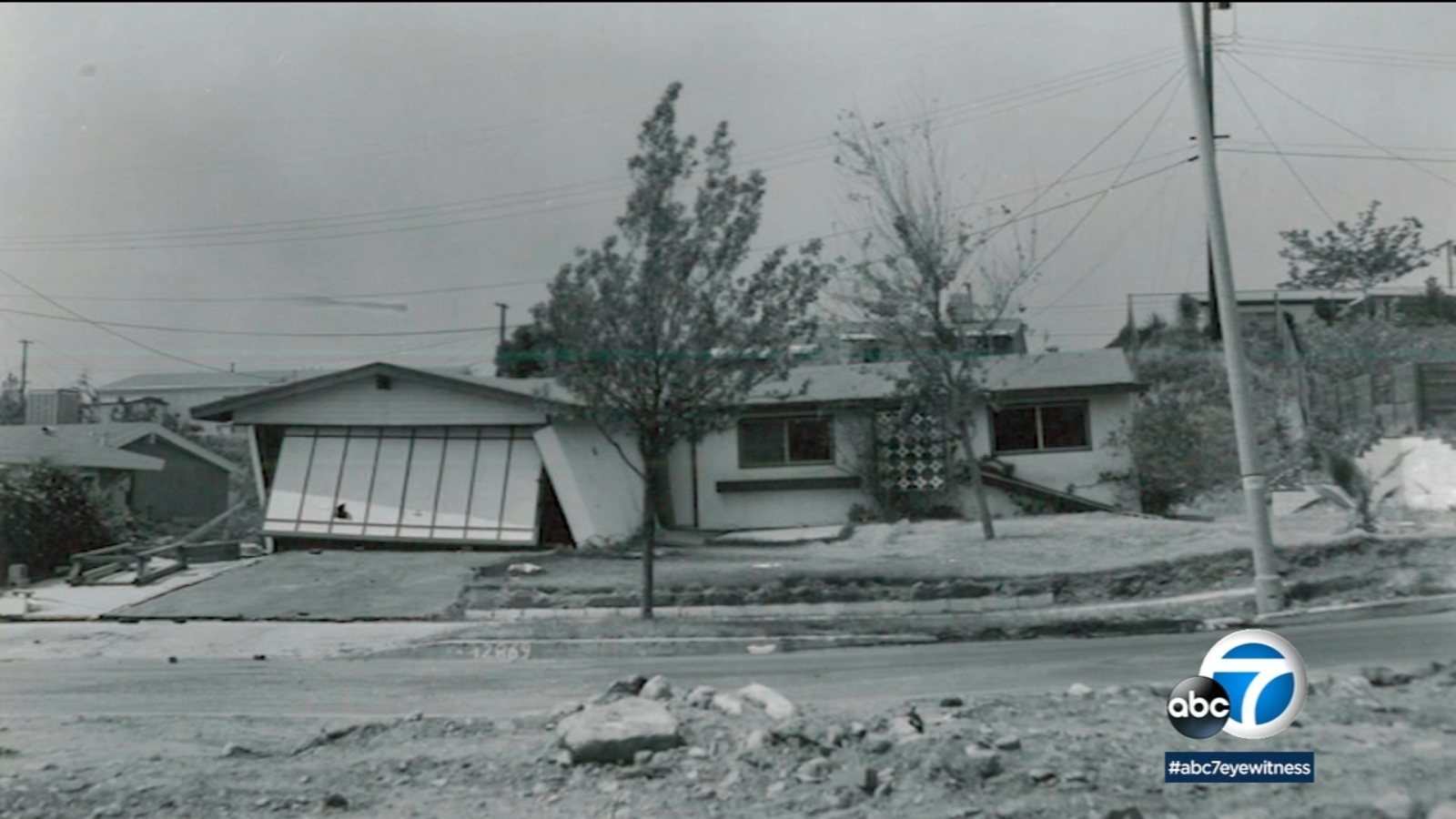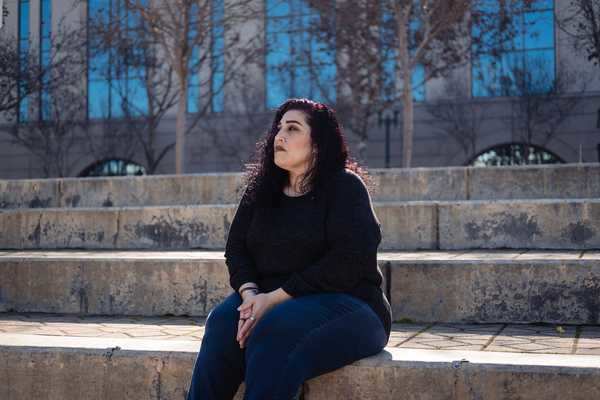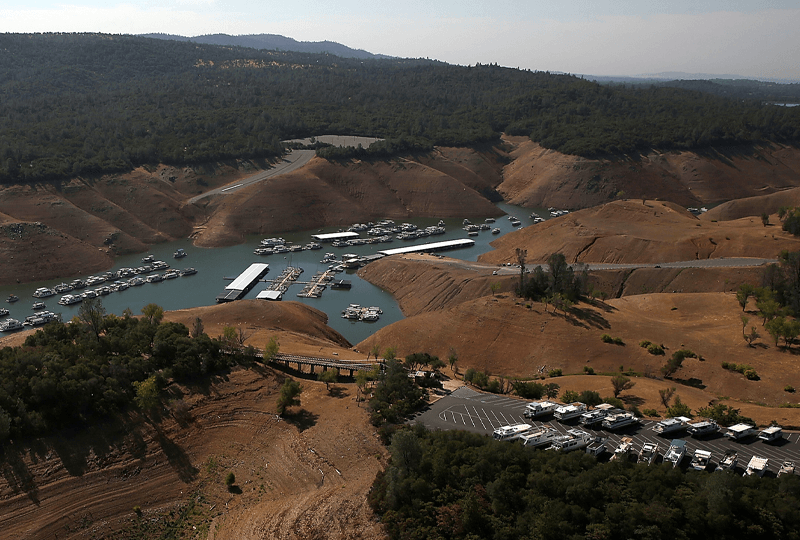By Leslie Lopez and Lisa Bartley, Grace Manthey, Adriana Aguilar
Tuesday marks 50 years since the 1971 Sylmar-San Fernando earthquake unleashed its fury on Los Angeles just after 6 a.m. The seismic waves began their destructive path seven miles beneath the earth’s surface, then traveled up at an angle and burst through the ground along a 12.5 mile stretch of the northern San Fernando Valley.
“The 1971 quake woke California up to the real earthquake hazard that it had in its own backyard,” says Brian Olson of the California Geological Survey . “It exposed a lot of problems, it exposed a lot of weaknesses.” Renowned seismologist Dr. Lucy Jones tells Eyewitness News the Sylmar quake was the first time a major fault ruptured to the surface through homes in the Los Angeles area.
RELATED | How to make your own earthquake kit “We saw all of these houses ripped apart,” says Dr. Jones. “It helped change the focus and made us realize that this is a big risk for Los Angeles in particular.” It left a mark on the Southern California landscape, pushing the Santa Susana Mountains up by about 6 feet. “The reason Southern California is a wonderful place to live is because of the earthquakes,” says Dr. […]


The 1971 Sylmar earthquake marked a major turning point in understanding the science behind earthquakes. Scientists are using what they learned 50 years ago to make us safer today.
Add a comment






